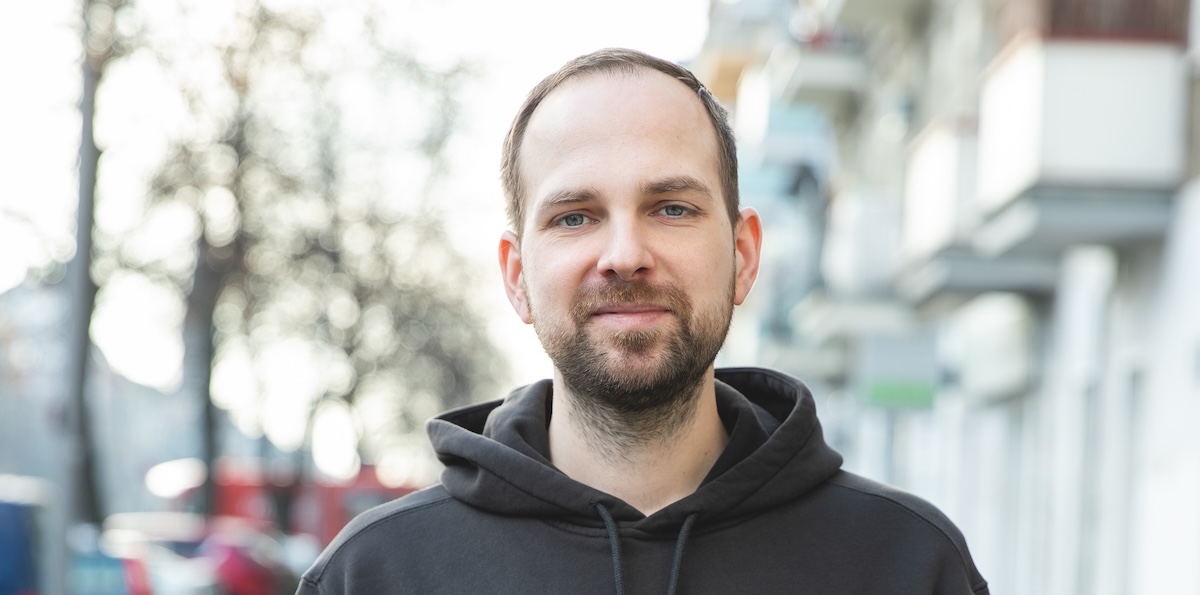
I am an experienced B2B SaaS CPTO with a passion for breaking down silos. As a startup founder and business unit lead, I bridge the gap between technical delivery and agile product strategy. Sometimes, I invest or advise, helping leadership teams build interdisciplinary teams themselves.
I founded and led the startups Buddybrand (digital agency) and BuzzBird (B2B marketplace) and built corporate startups and business units for Voith Voith (IoT / B2B SaaS) and edding (B2B SaaS).
Based in Berlin, I have extensive experience and prefer to work with diverse teams – mostly but not limited to remote environments. I am also a speaker , blogger , and book author .
Move Fast And Break Silos!
Welcome Guide ¶
If this is your first visit, here’s a guide to what you’ll find on this site: